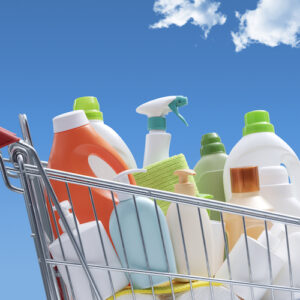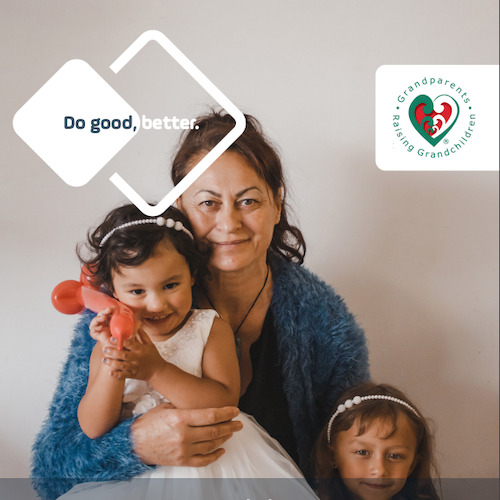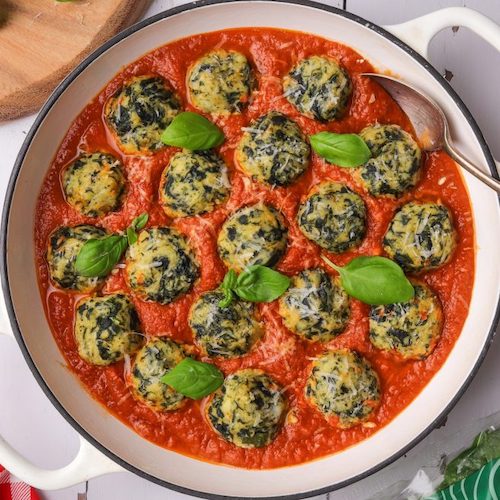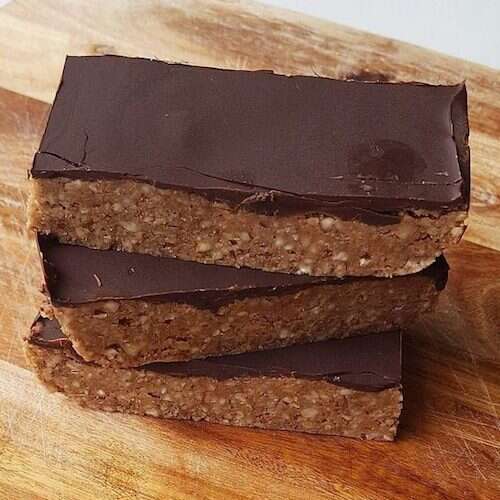Many of the most toxic carcinogens come into our homes in laundry and cleaning products. One rule of thumb is “if you can’t pronounce the ingredients, don’t buy the product”.
Let’s look at what ingredients to avoid, if you see any of these chemicals staring back at you from any laundry or cleaning product label you may want to reconsider purchasing that item after reading this.
First up it’s best to avoid any product with fragrance in it such as regular laundry powders and liquids, fabric softeners and dryer sheets.
Avoid chlorine bleach and any products that contain optical brighteners.
Eliminate the use of fabric softeners by using 1/2 cup of double strength vinegar in the rinse cycle instead.
Don’t use dryer sheets. If you really want a fragrance when drying your clothes add a few drops of essential oil to a damp rag and throw it in the dryer with your laundry. Use dryer balls to reduce drying time, wrinkles and static, you can make your own felted dryer balls, this blog explains how.
Add a little Soda Ash to your laundry powder to naturally brighten colours and eliminate odours.
Add half a cup of Oxy-Bleach to your wash if clothes need extra cleaning.
Pre-treat stains with Natural-San.
By avoiding some products you will ensure the worst ingredients don’t come into your home. I found the following checklist which might help you out – when these chemicals are washed down the drains and run through pipes, they do not easily degrade and thus pose an environmental risk that affects both animals and humans. The longer these chemicals remain, the more likely people are to have an increased risk of skin, eye, or respiratory irritation, hormone disruption and nervous system problems.








About The Author: Grant_admin
More posts by grant_admin